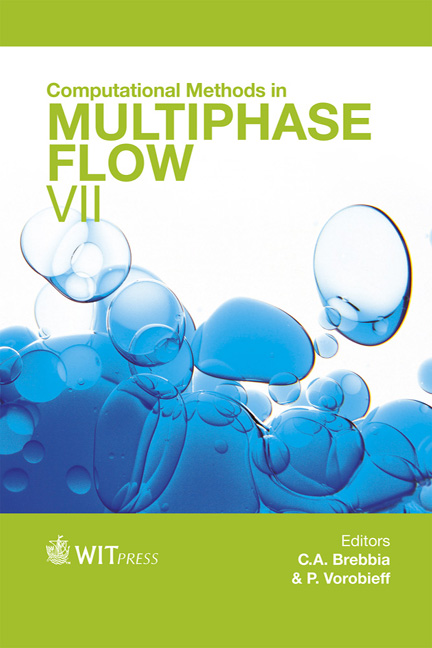Impact Of Non-uniform Surface Flows On Fire Suppression Of An Idealized Commodity
Price
Free (open access)
Transaction
Volume
79
Pages
12
Page Range
207 - 218
Published
2013
Size
672 kb
Paper DOI
10.2495/MPF130181
Copyright
WIT Press
Author(s)
Y. Xin
Abstract
Sprinkler protection is currently the most widely used and reliable technology to mitigate fire hazards for combustible commodities. The basic mechanism of sprinkler protection relies on water transport on solid fuel surfaces to control and suppress the fire. In previous studies water surface flows were characterized for an idealized commodity consisting of corrugated cardboard boxes. The results showed that local surface flows are highly non-uniform on commodity surfaces even with uniform water fluxes applied directly on top of the commodity. In the present work, an experimental study was conducted to investigate fire suppression behaviours of the same commodity using uniform water fluxes. The objective is to examine the impact of non-uniform water surface flows on fire suppression behaviour. All fire tests were carried out using a rack storage configuration. The overall fire suppression behaviour was quantified using the chemical heat release rates measured by a 20-MW calorimeter, with the uniform water fluxes generated by a water application apparatus. The experimental results show that the measured heat release rates under various experimental conditions are reasonably repeatable. Therefore, local surface flows on the commodity, although highly non-uniform, do not have a significant impact on the overall fire suppression behaviour. This suggests that more global or averaged quantities related to water transport control the fire suppression, which should be investigated in future work. Keywords: fire suppression, surface flow, fire growth, heat release rate.
Keywords
Keywords: fire suppression, surface flow, fire growth, heat release rate.





